How You Cut Your Veggies…
While I didn’t go to culinary school (I’m so jealous, Brenna!), I do have a son that’s a chef in Jackson, WY, and he’s taught me an awful lot.

One of the things Paul stresses is how important it is to put some thought into how you cut your vegetables. He says, “Those fancy vegetable cuts you see in nice restaurants? There’s reasoning behind them besides just looking impressive.” For instance:
Smaller cuts will cook quicker than big ones, so using a mix of both can vary the texture of a dish.
And veggies cut on a diagonal will be al dente on the thicker end and soft on the thinner end, which can make them more satisfying to eat.
And impressiveness aside, we do eat with our eyes first, before we ever take a bite. So lovely presentation is one way to get reluctant eaters to take some bites.
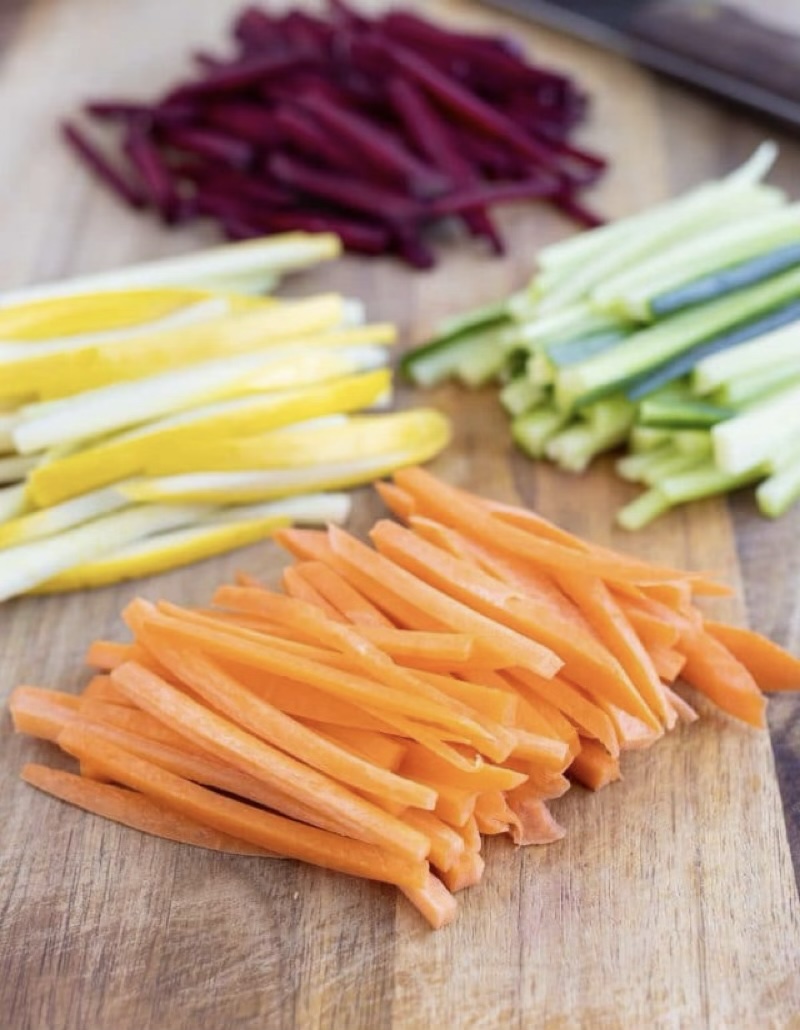
One good approach for the novice in the veggie-cutting department is to go the electric food chopper route. When choosing an electric food chopper, there are a few factors to consider. Look for one that isn't overly complicated with lots of different parts. You also want one that’s easily stored.
Cuisinart makes a good electric one that meets this criteria (around $45).
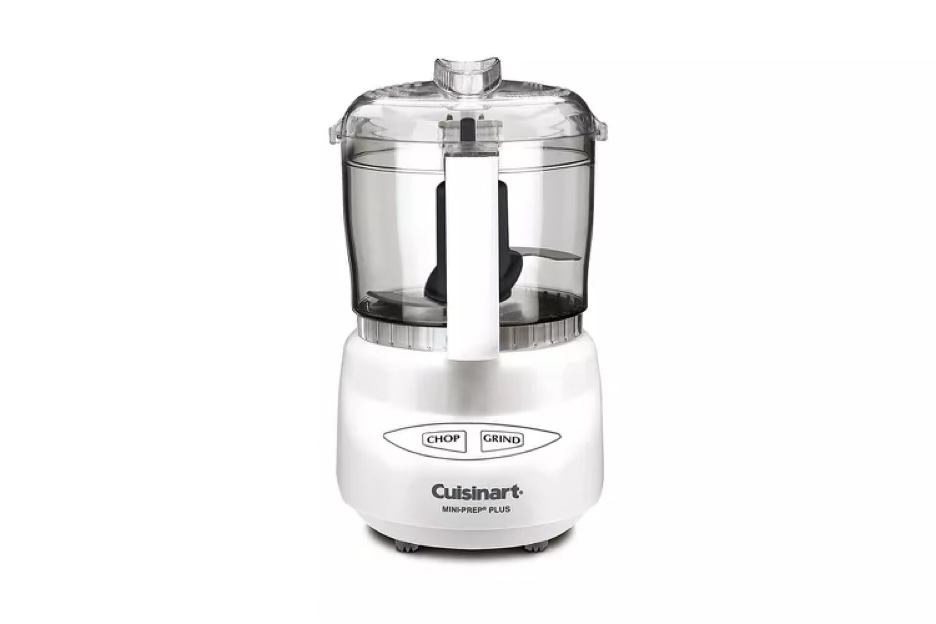
For the more experienced food prepper, the Fullstar non-electric model (on sale right now for $30), is efficient and stores well.
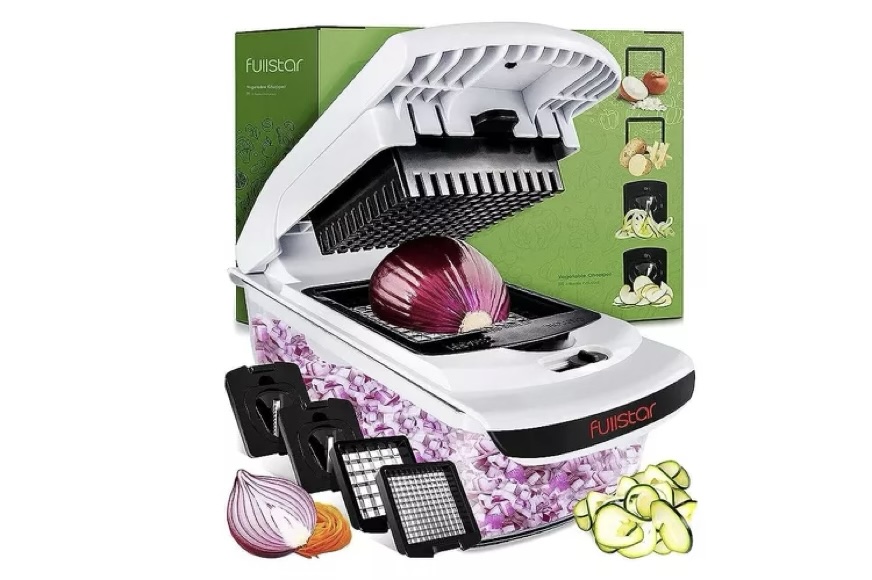
But is there a way to get uniform veggie cuts without a tool or appliance? What did great chefs and good cooks do before all the fancy gadgets or electricity—when things were simple? The emphasis was on precise knife work and a steady hand. Potential chefs were taught to:
GIVE THE VEGGIE A FOOT—a flat surface that allows for stability, then slice into even pieces before cutting into desired shapes like julienne or dice.
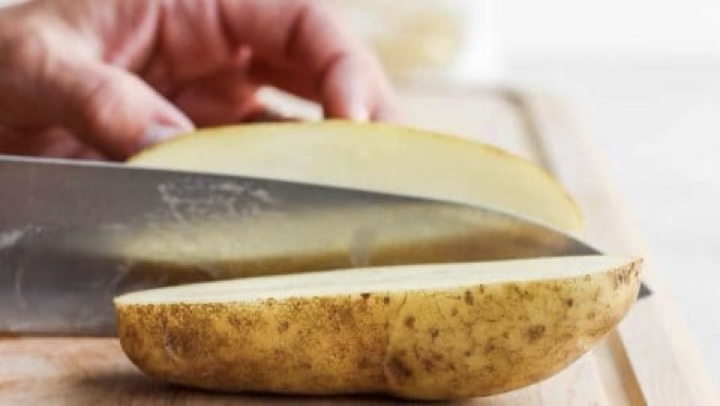
AIM FOR CONSISTENT THICKNESS--even slices, regardless of the vegetable being cut.
STACK FOR UNIFORMITY—layering multiple slices together for easier cutting and more consistent thickness.
CHOOSE THE SHAPE—julienne (thin even strips), dices (evenly-sized squares), chiffonade (thin ribbon-like strips, used for herbs and flat-leafed vegetables like spinach).
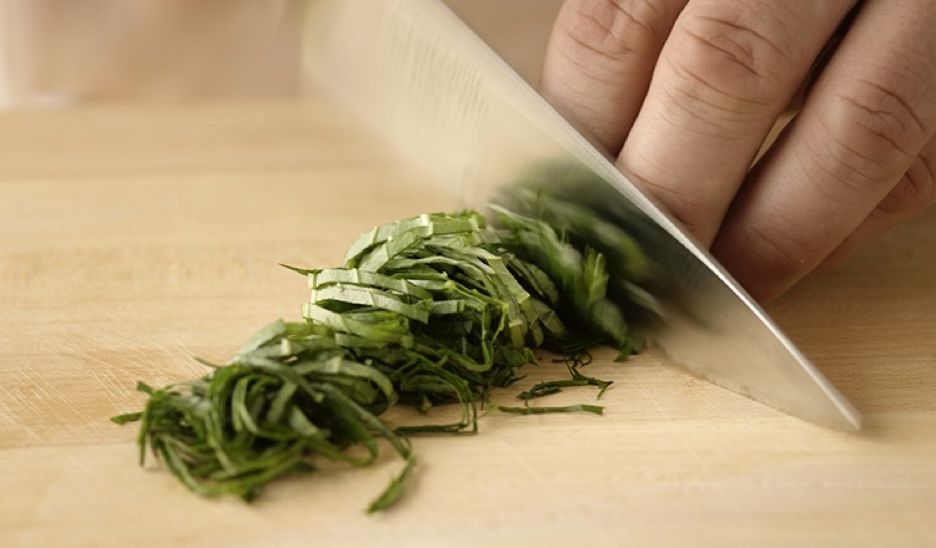
Then of course, there are those crucial knife skills every kitchen-worker needs to have in place. Paul says this is the one qualification he hones in on when looking for a new sous chef. No knife skills? No job. I don’t have ‘em, and anyone who does is my hero. Watching a seasoned kitchen worker wield his or her knife is a thing of beauty!
Anyway, this is the good news. By focusing on these steps and practiced knife techniques, we can achieve uniform vegetable cuts without relying on appliances or special tools. “Simple” will always have its place!
 Alice Osborne
Alice Osborne
Weekly Newsletter Contributor since 2006
Email the author! alice@dvo.com
Sources:
- www.freepik.com
- www.evolvingtable.com
- www.feelgoodfoodie.net
- www.ciafoodies.com
